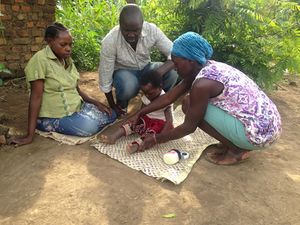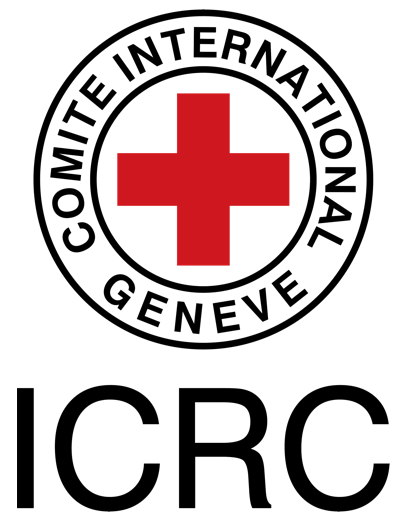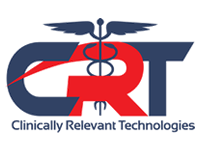Community Based Rehabilitation (CBR)
Original Editor - Redisha Jakibanjar
Top Contributors - Redisha Jakibanjar, Naomi O'Reilly, Cindy John-Chu, Rachael Lowe and Kim JacksonWhat is Community Based Rehabilitation?[edit | edit source]
Community Based Rehabilitation (CBR) was first started in 1970s with the aim of providing low tech rehabilitation services for Persons with Disabilities in low income countries and then in 1980s, it started focusing on people and community development.[1] In 1989, World Health Organization (WHO) published the manual training in the community for the persons with disabilities with the aim of providing guidance and support for CBR programmes and stakeholders.[2]
CBR was defined in 2004 by the International Labour Organization (ILO), United Nations Educational, Scientific and Cultural Organization (UNESCO) and WHO as “a strategy within general community development for the rehabilitation, equalization of opportunities, poverty reduction and social inclusion of all people with disabilities. CBR is implemented through the combined efforts of people with disabilities themselves, their families, organizations and communities, and the relevant governmental and non-governmental health, education, vocational, social and other services.”[3]
Community Based Rehabilitation Guidelines[edit | edit source]
The Community Based Rehabilitation Guidelines supports CBR stakeholders around the world to conduct CBR Programmes, create common understanding and approach for CBR all around the world. [2] The guideline is highly influenced by the Convention on the Rights of Persons with Disabilities (CRPD) and its optional protocol. [2]
The main target audience of the guideline is CBR managers. The guideline can also be used by other CBR personnel, community development workers, disabled people's organizations and self help groups, government officials, various non-governmental and not-for-profit organizations and can also be used for research and academic purpose. [2]
The Guideline is presented in seven different booklets:
- Booklet 1 consists of the introduction and the management chapter[2]
- Booklet 2 -6 examines one of the five components (health, education, livelihood, social and empowerment of the CBR matrix [2]
- Booklet 7 is the supplementary booklet that covers four specific issues (mental health, HIV/AIDS, leprosy and humanitarian crises)[2]
The objectives of the guideline are[2]:
- To provide guidance on developing and strengthening the CBR programmes according to the CBR joint position paper and the CRPD.
- To promote CBR as a strategy for community-based inclusive development to assist in the mainstreaming of disability in development initiatives, and in particular, to reduce poverty.
- To support stakeholders to meet the basic needs and enhance the quality of life of people with disabilities and their families by facilitating access to the health, education, livelihood and social sectors.
- To encourage stakeholders to facilitate the empowerment of PWDs and their families by promoting their inclusion and participation in development and decision-making processes.
Community Based Rehabilitation Matrix[edit | edit source]
The Community Based Rehabilitation Matrix is a framework for CBR programmes. It has five key components: health, education, livelihood, social and empowerment and within each component there are five elements.[2] The CBR Matrix provides an idea of which sector should be focused for an effective CBR Programme.[2]The following table shows the components of the CBR matrix along with its elements.[2]
| Health | Education | Livelihood | Social | Empowerment |
|---|---|---|---|---|
| Promotion | Early childhood | Skills development | Personal assistance | Advocacy and communication |
| Prevention | Primary | Self-employment | Relationships, marriage and family | Community mobilization |
| Medical care | Secondary and higher | Wage employment | Culture and arts | Political participation |
| Rehabilitation | Non formal | Financial services | Recreation, leisure and sports | Self-help groups |
| Assistive devices | lifelong learning | Social protection | Justice | Disabled people's organization |
Community Based Rehabilitation Principles[edit | edit source]
The principles of CBR are based on the principles of the CRPD.[2] The principles are:
- Respect for inherent dignity, individual autonomy including the freedom to make one’s own choices, and independence of persons
- Non-discrimination
- Full and effective participation and inclusion in society
- Respect for difference and acceptance of persons with disabilities as part of human diversity and humanity
- Equality of opportunity
- Accessibility
- Equality between men and women
- Respect for the evolving capacities of children with disabilities and respect for the right of children with disabilities to preserve their identities.[2]
Are Community Based Rehabilitation Projects and Programmes the Same ?[edit | edit source]
The table shown below describes the differences between CBR Projects and CBR Programmes. [2]
| CBR Projects | CBR Programmes |
|---|---|
|
|
Useful links[edit | edit source]
- https://afri-can.org/what-is-cbr/
- https://bmchealthservres.biomedcentral.com/articles/10.1186/s12913-018-3838-7
- https://www.ncbi.nlm.nih.gov/books/NBK310933/
References[edit | edit source]
- ↑ Bonner A, Pryor J, Crockett J, Pope R, Beecham R. A sustainable approach to community-based rehabilitation in rural and remote Australia. InProceedings of the 10th National Rural Health Conference 2009 (pp. 1-10). National Rural Health Alliance.
- ↑ 2.00 2.01 2.02 2.03 2.04 2.05 2.06 2.07 2.08 2.09 2.10 2.11 2.12 2.13 World Health Organization. Introductory Booklet. Community Based Rehabilitation CBR Guidelines.Switzerland:WHO press;2010.Available from:https://apps.who.int/iris/handle/10665/44405
- ↑ International Disability and Development Consortium. Community Based Rehabilitation and the Convention on the Rights of Persons with Disabilities.
- ↑ Light for the world.What is Community based Rehabilitation?. Available from: https://youtu.be/NA8oBlqcNB8 [last accessed 6/28/2021]







